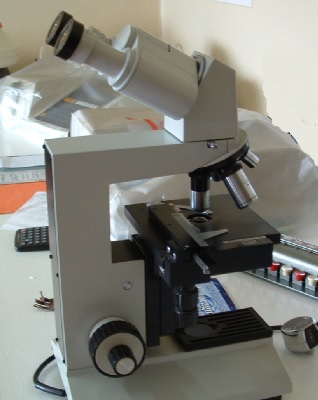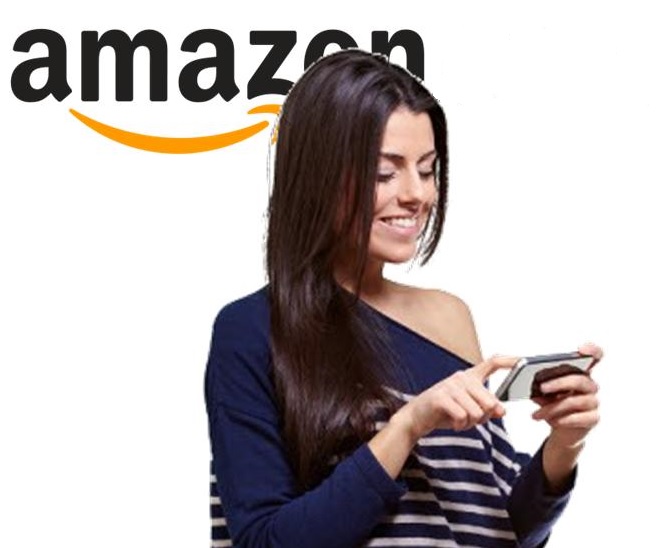Google Glass helped to enhance the way that a surgeon can perform various procedures.
Two surgeons from the Indiana University Health Methodist Hospital have started using wearable technology in the form of Google’s augmented reality glasses to be able to boost their ability to make appropriate surgical decisions.
These doctors use the wearable tech’s voice control to access the information that they require, when they need it.
The two physicians, Dr. Szotek and Dr. Browne, became the first in the hospital to start using the augmented reality glasses during abdominal surgeries. They now each wear Glass during this procedure, which typically lasts around four hours. With them, they can access medical information – including records specific to the patient – as they remove tumors.
The augmented reality glasses can provide X-ray and MRI data on its floating display.
This information can all be shown by the wearable technology without getting in the way of the surgeon’s line of sight for the actual surgery itself. As it is commanded by the surgeon’s voice, there is no need to take hands away from where they are most needed and without upsetting the operating room’s sterile environment.
That said, this is only believed to be the start of the uses for Google Glass for these surgeons. They believe that these mobile devices will be more broadly helpful in the medical field as a whole. While other surgeons have used the gadgets’ point of view video streaming in order to educate themselves and have provided students with a live insight into every different phase of a surgery, Dr. Szotek sees this tech going further. He hopes to be able to use biological tracers so that his AR glasses will be able to actually differentiate between healthy tissue and the tumor, itself.
He stated that being able to automatically differentiate between these two tissues “could revolutionize the field of cancer surgery”. This would help to make certain that the tissue could be more completely removed while leaving the maximum amount of healthy tissue behind.
It could also be beneficial for emergency first responders to wear augmented reality glasses so that they would be better capable of handling unusual types of accident or medical condition, and to be able to provide them with accurate remote instructions.


